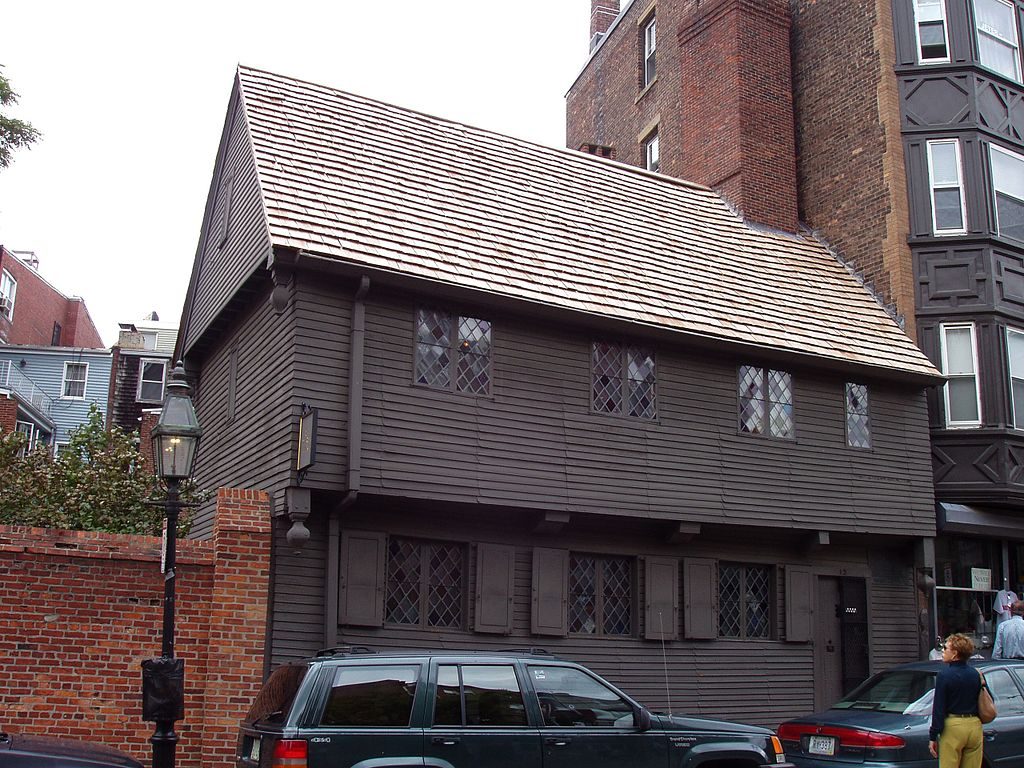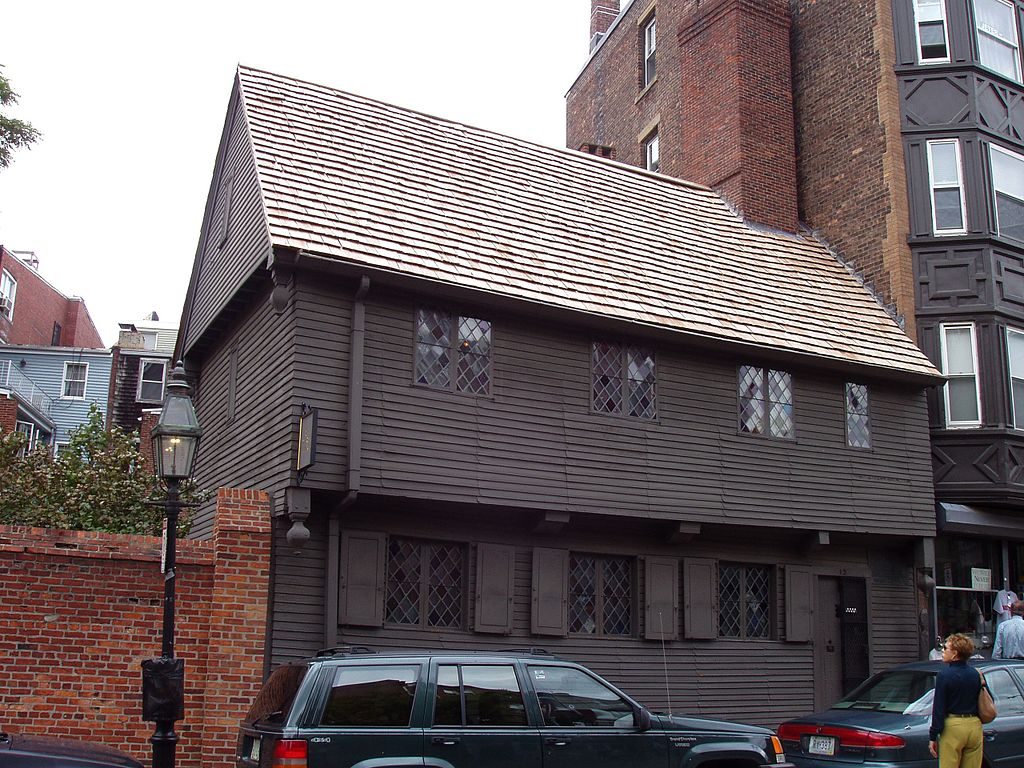“Now here’s a little story we’ve got to tell, about a famous person you know so well. It started way back in history — someone just uncovered Paul Revere’s privy.”
The Paul Revere House has stood in the North End neighborhood of Boston since 1711. Many people have lived there, but most famously Paul Revere. You’ll remember from your elementary school history class that on April 18, 1775 he’s said to have given the colonial army a heads up of British troops arriving. On his famous “Midnight Ride,” Revere reportedly rode his horse through the darkened streets of Boston shouting, “The British are coming!”
A hero of the American Revolution, sure, but Revere was also a human being who had to heed the call of nature. And archaeologists think they’ve discovered the remnants of Paul Revere’s outhouse, or privy, on the grounds of the Paul Revere House.
Boston’s city archaeologist Joe Bagley (Boston has so much history, particularly early American colonial history, that it has its own archaeologist) recently uncovered a four-by-six-feet rectangle made from bricks. It’s too small to be the leftover foundation of a long-gone shed—but it’s just the right size for an outbuilding of the bathroom variety. And because there’s clay there, it indicates that whoever made the structure lined it with that material to prevent whatever went on inside there from leaking into the house’s nearby well.
Privies and other waste facilities from the past may be gross, but they can provide a wealth of information about the past. Bagley told Boston radio station WBZ that privies in colonial were used for doing one’s “business” as well as a household trash receptacle. That means there might be leftovers of interesting historical items or documents—already Bagley and his team have found a part of a 1700s-era beer stein and some coal. The other stuff in there could also give up some clues. “We’re hoping to find the individuals’ waste themselves, which, we can get seeds from what they were eating, we can find paradises, find out what their health was,” Bagley said.
The next step for Bagley: a deep dig into the probable privy to look for something called “night soils.” Those are what Bagley calls “that kind of smelly, dark soils which are now composted and not that bad, but they might have a stench still, a little bit.”

They Found Paul Revere’s Outhouse!








